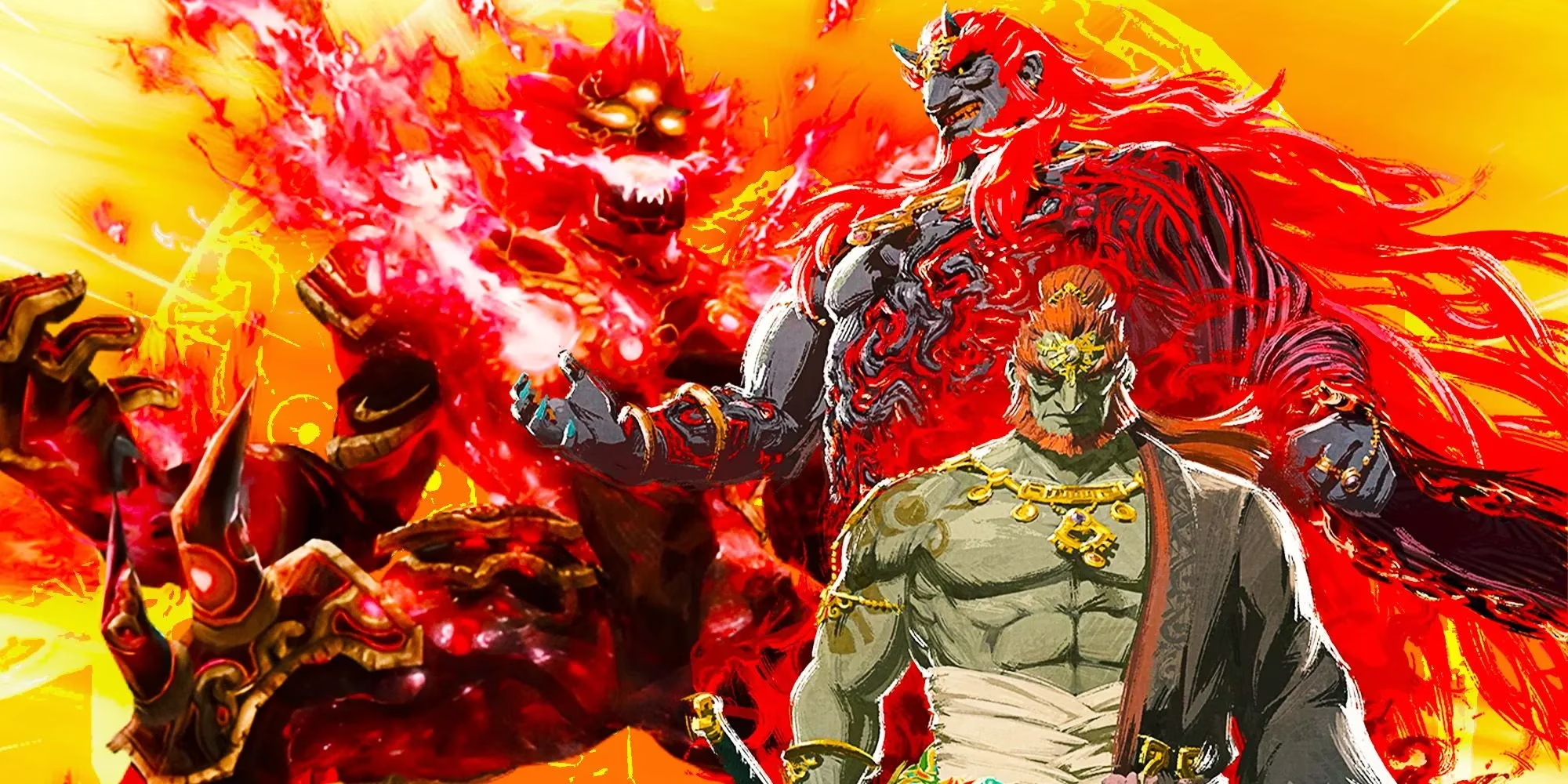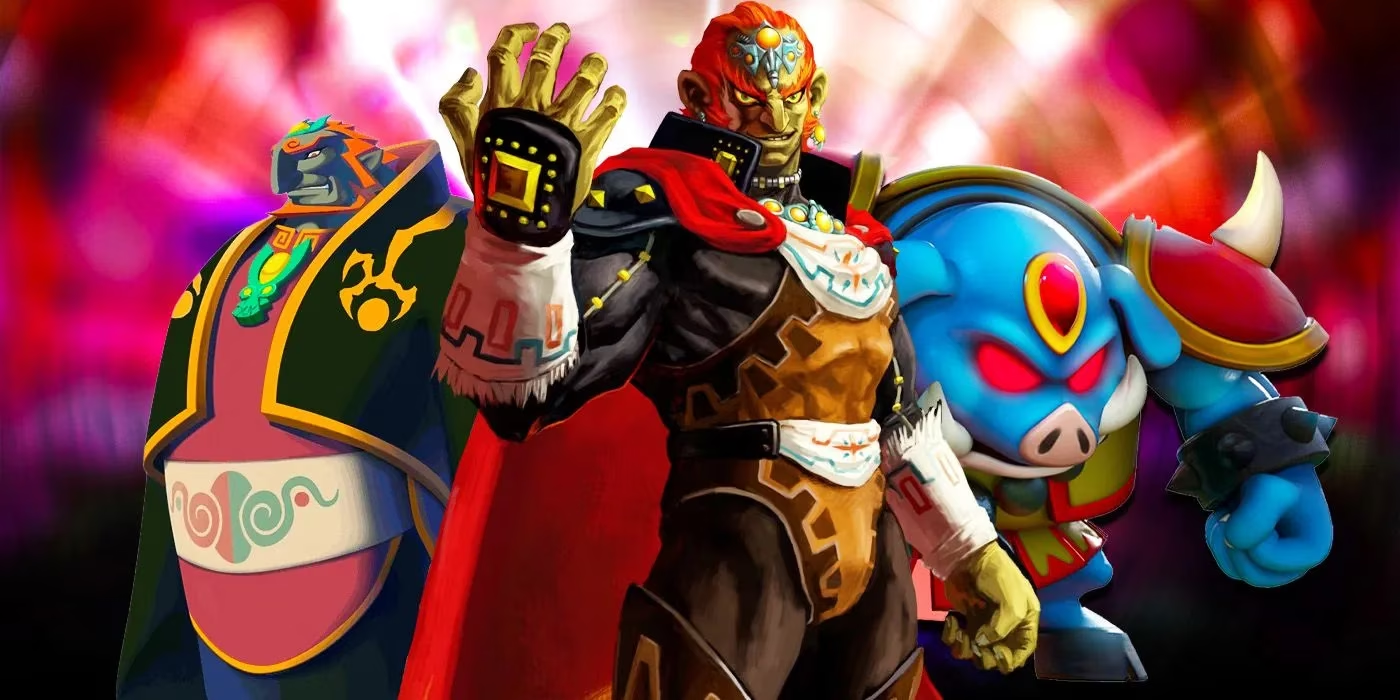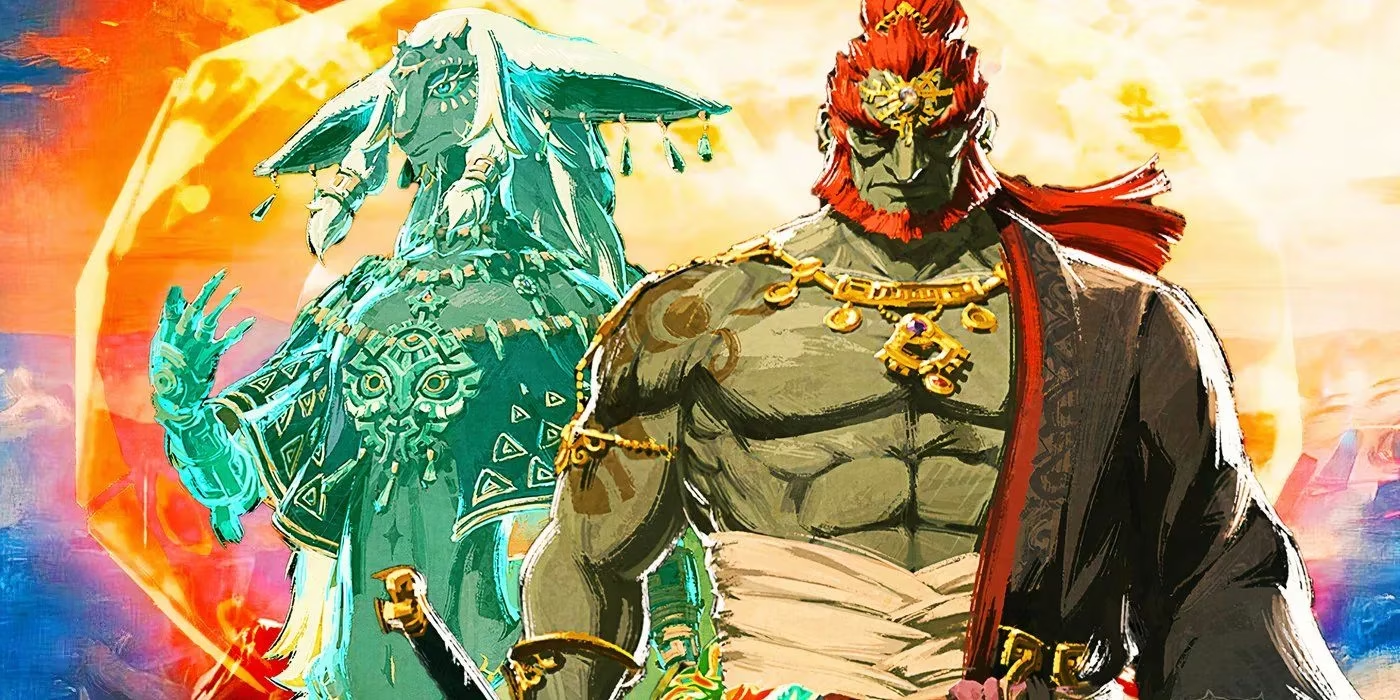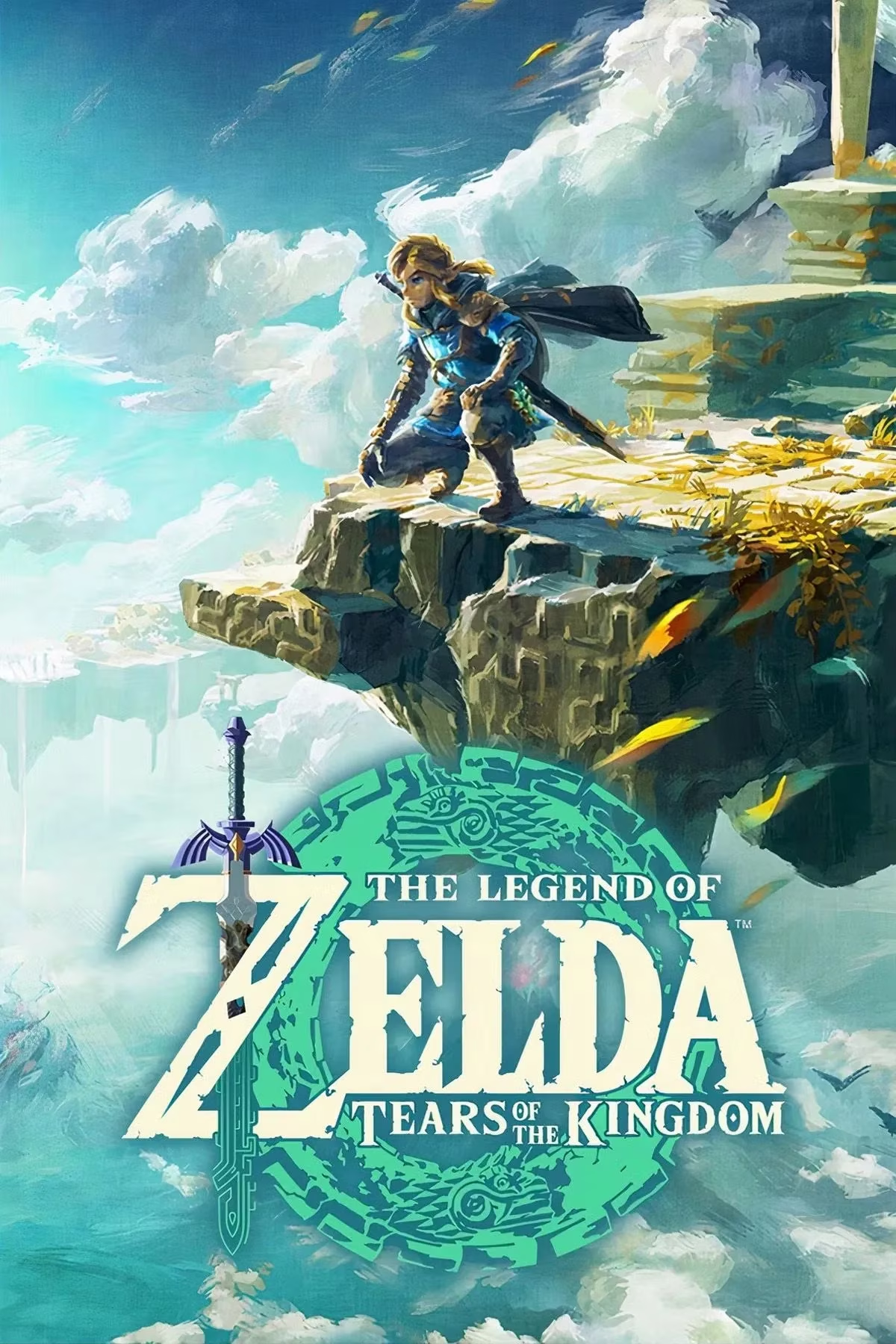The Wilds Trilogy Horizon: Zelda's Untamed Future
Discover Nintendo's innovative Zelda Wilds trilogy, blending open-world mastery with thrilling villain reimagining, promising an epic leap in 2025 gaming.
The gaming landscape in 2025 still echoes with the seismic impact of Nintendo's Wilds series, where Breath of the Wild redefined open-world exploration and Tears of the Kingdom expanded it into vertical dimensions of wonder. With the Switch 2 poised for imminent release, the stars align for an unprecedented trilogy—a rarity in Zelda's fragmented chronology. For players who've scaled Hyrule's peaks and plumbed its Depths, the mere possibility of reuniting with this iteration of Link and Zelda feels like discovering a secret grove after years of wandering familiar forests. The dual triumphs have sculpted a legacy as enduring as the Great Plateau itself, yet the absence of a third act leaves an ache akin to an unfinished symphony. Nintendo now holds a master key to unlock realms beyond Ganondorf's shadow, where innovation could bloom like silent princesses in post-calamity soil.
The Canvas of Unbound Potential
Unlike traditional Zelda timelines tangled in temporal knots, the Wilds subseries exists in splendid isolation—a parallel universe unburdened by lore constraints. This liberation offers Nintendo a blank canvas broader than the Akkala Sea, where developers could paint revolutionary mechanics without disrupting established canon. The trilogy format remains uncharted territory for mainline Zelda games; only the loosely connected Minish Cap and Four Swords duology approached this concept, yet lacked the narrative cohesion possible here. Returning to this Hyrule feels like sliding into a perfectly worn tunic—comfortable yet ripe for unexpected mending. With foundational systems already perfected across two titles, a third entry could evolve rather than reinvent, freeing resources to cultivate experimental features as wild as korok forest mysteries.

The Villain Vacuum: Opportunity in Antagonistic Evolution
Calamity Ganon's spectral menace and Ganondorf's corporeal tyranny have both been exorcised from this timeline, leaving a void darker than the Depths beneath Hyrule Castle. This absence isn't barren soil but fertile ground for new evils to take root—an overgrown ruin awaiting fresh malevolence. Classic antagonists like Majora's chaotic energy or Vaati's wind-swept malice could resurface, reimagined through Wilds' physics-driven lens. Twinrova's fleeting TotK cameo whispers of vengeance plots, while entities like Echoes of Wisdom's Null embody primordial darkness untethered to Gerudo lineage. Personally, envisioning Skull Kid's return sans Majora's influence tantalizes like a half-remembered melody—potentially haunting, refreshingly ambiguous. Nintendo might even twist expectations by corrupting allies; imagine Purah's ancient-tech creations spiraling into automaton armies, their gears grinding with unintended sentience.

Beyond Tropes: Political Tectonics in Peaceful Hyrule
With Ganondorf's millennia-long shadow lifted, a sequel must navigate uncharted narrative currents where traditional Zelda tropes lay dismantled like decayed Guardians. Divine Beasts lie dormant, Master Sword rests sheathed, and Zelda now governs a realm learning peace after centuries of crisis—a queen balancing on a throne as precarious as lava-slicked Goron cliffs. Political storytelling could emerge as the core conflict: Zora and Gerudo resource disputes, Rito migration tensions, or Goron mining rights sparking diplomatic brushfires. Rarely has the franchise explored ruling's complexities; rebuilding Hyrule could transform Link from swordsman to statesman's shield, protecting fragile alliances with parries more delicate than flurry rushes. The emotional resonance? Watching Zelda trade sacred gowns for crown burdens might feel like observing a loftwing clipped—grounded yet determined to soar anew.

Personal Vision: Dawn of a Trilogy's Twilight
As dusk settles on the Switch era, my heart yearns for this trilogy's completion—not merely as fan service but as evolution. The Wilds saga deserves closure as poetic as Zelda's golden light dispelling gloom, where Link's journey culminates in protecting peace rather than conquering evil. Switch 2's rumored capabilities could render Hyrule as fluid as Zora's Domain waterfalls, with NPC societies evolving dynamically like shifting sand-seals in the Gerudo desert. I foresee villages rebuilding in real-time, weather systems altering geopolitical access, and Sheikah tech renaissance sparking ethical dilemmas—mechanics intertwining like korok vines around a sacred tree. Should Nintendo seize this moment, the trilogy could ascend beyond gaming into interactive myth, leaving footprints as deep as Divine Beast treads in Hyrule's eternal soil.

| Trilogy Advantages | Challenges | Potential Solutions |
|---|---|---|
| Established world familiarity 🗺️ | Villain exhaustion 👹 | Introduce new entities like Null or Bellum |
| Refined physics engine ⚙️ | Story trope depletion 📜 | Focus on political/kingdom management |
| Switch 2 hardware capabilities 🚀 | Player expectation pressure 😰 | Surprise mechanics (e.g., playable Zelda arcs) |
| Emotional continuity with characters ❤️ | Avoiding repetition 🔄 | Time-jump narrative or parallel dimensions |
Ultimately, the Wilds series stands at a crossroads as monumental as the Temple of Time—one path leading to familiar forests, the other ascending to clouds of pure innovation. For Hyrule to feel truly alive in 2025, it must grow beyond the roots that birthed it, embracing new shadows where ancient evils once lurked. When that third title dawns, may it shine not as rekindled flame but as a brand-new star in Zelda's constellation—a beacon for decades yet unexplored.